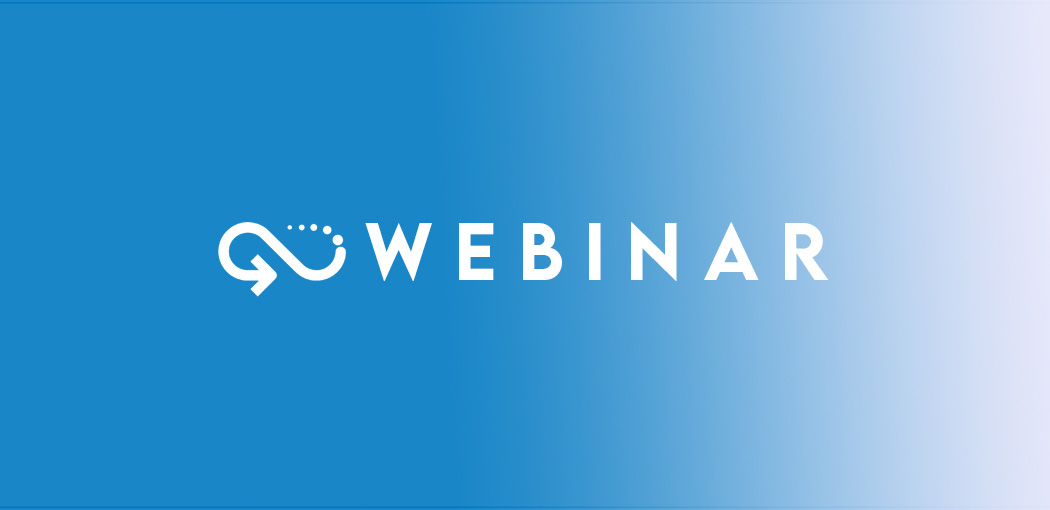Enhancing Financial Productivity for Non-Profits through AI Integration

Are we Adequately Prepared for the Significant Influence of Generative AI on the Field of Accounting and Finance?
October 4, 2023
We Unlock the Future of Community Care with Cutting-Edge Software
November 28, 2023Exploring the potential of artificial intelligence for enhancing efficiency
Aziz Benmalek from Sage Intacct discusses practical approaches that non-profit organisations can adopt. Even with limited budgets and minimal staffing, these strategies have the potential to significantly impact financial operations positively. In short order, artificial intelligence (AI) – particularly generative AI – has crossed the chasm from niche technology to a broadly applicable solution that’s reaching almost all corners of the economy – including the world of non-profit accounting and finance. Since nonprofits typically face smaller budgets and lean staffing, they often lack the necessary resources to enhance financial management. However, AI-powered financial management software can be a transformative change-agent in both tactical and strategic ways.
Unsurprisingly, the Brookings Institute found that nonprofits are turning to AI to accelerate operational tasks such as auditing transactions to spot anomalies. And AI can also help uncover insights, identify opportunities and threats sooner, and improve stewardship. Here are some significant ways that nonprofits can apply the power of AI to their financial operations.
Alleviate the monotony and enhance the attractiveness for your team
In today’s tight labour market, it’s a major struggle to recruit and retain talented people – particularly in finance. A rent Deloitte study confirmed that major employers have great difficulty in filling accounting and financing roles. One reason? The unappealing manual work that falls to finance professionals – particularly at the entry level – who find themselves wrestling with inscrutable 50-tab spreadsheets, lengthy audits, and the unique challenges of fund accounting.
AI tools can reduce or even eliminate much of this grunt work. For instance, AI chatbots and digital assistants can continuously monitor data feeds to track program performance, spot irregular transactions, watch for unusual activity, or detect unauthorised access. They can provide meeting reminders, analyse and summarise changes in tax laws, or take notes. AI can even be embedded in tools that help other employees in the organisation and speed processes such as purchase-order approvals or expense-report submissions. AI can also automatically match POs and invoices, perform reconciliations almost instantly, allocate expenses to cost centres, and extract relevant data from documents.
The result: accountants focus more of their time, energy, and talent on higher-value tasks like managing donor relationships, devising strategies, sharing fundraising stories, engaging with peer organisations, and strengthening the mission. For instance, at Pavillon Treatment Center, the impact of this approach has been significant. The organisation estimates that automation has halved the time the finance department previously spent on transaction details. Instead, they’re using that time to work with executives, clinical staff, and the board on strategic planning. They’re looking at cost impacts, accreditation policies, and employee benefits, and making changes to support the broader mission.
Speed up the close
In many non-profits, the period-close revolves around painstaking clerical repetition that can stretch on for many days to weeks, hindering the ability to access real-time information to understand performance and react quickly to changing circumstances. “Closing time” sets off a flurry of activity as you pull data from other enterprise applications, test-audit and trial-close accounts, scour the GL for errors, and more. While we all appreciate good teamwork among finance pros, it’s clear that these are tasks that AI is increasingly able to take on.
As Sage’s research confirms, an automated “continuous close” (as opposed to the manually driven episodic close) means the time to close the books can shrink into mere hours, unlocking more time for strategic finance, not tactical finance. The result: donors gain more confidence in the organisation’s stewardship, and your finance team can collaborate on higher-value activities.
At Koret Foundation, strategic finance – driven by sophisticated automation – is unlocking meaningful improvements. Previously, the non-profit endured lengthy reporting and budgeting cycles, and creating estimates and forecasts for grantmaking was time-consuming. Today, the organisation can predict year-end numbers months in advance, enabling it to adequately plan cash flows to ensure it fulfils all grant commitments. This is particularly important, since grantees need funds in a timely manner and the board needs timely information to manage market volatility.
Optimise fund accounting
Time and expense capture and allocation are vital to accurate and timely fund accounting. AI technology can automatically create timesheets for employees as they work simply by looking at your calendar, gauging your use of productivity applications, and grouping that work into blocks of time. AI can automatically allocate those blocks of time to funds, projects, or tasks. Alternatively, an employee can manually drag and drop blocks of time to the appropriate allocation. Over time, AI learns that rule for future time block allocations.
Remote employees can use any device to record time and submit timesheets to the accounting system for billing with just one click. AI minimises manual data entry by providing suggestions for time allocations and enables employees to review each entry for accuracy before submitting the final timesheet.
By continually capturing all types of transactions, AI enables continuous accounting. Your nonprofit’s books are always up-to-date with real-time transaction recording, reconciliation, and adjustments. Potential issues are flagged along the way for action and correction.
Conclusion
Nonprofits need new ways to reduce time spent verifying the past and increase time spent on envisioning a better future for its constituents, clients, and donors. With AI-powered financial management, nonprofits are poised to think less about the past and more about the future.
Contact us at Akuna Solutions and explore with a Sage Intacct implementation specialist how to leverage the most modern technology available today to support your organisation’s mission.
Photo by Mimi Thian on Unsplash

